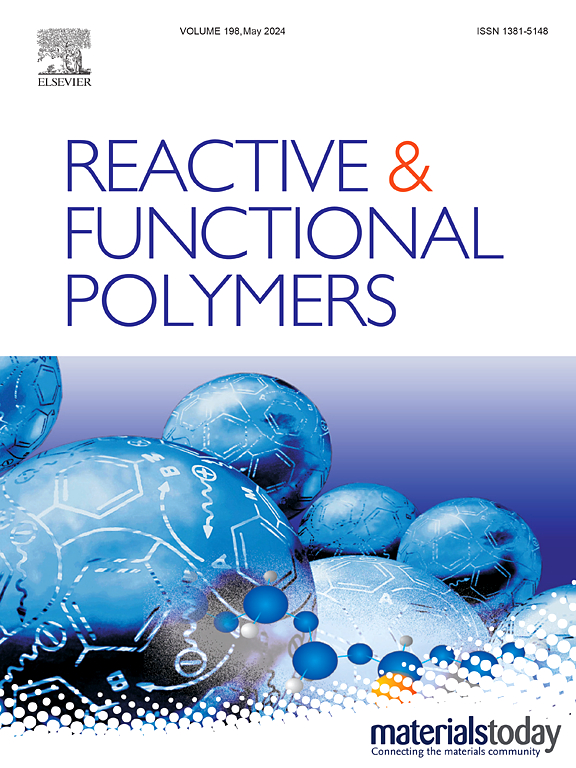High performance crosslinked polyvinylidene fluoride (PVDF) membranes for solvent permeation
IF 4.5
3区 工程技术
Q1 CHEMISTRY, APPLIED
引用次数: 0
Abstract
Membrane based organic solvent separation is a promising membrane technology of separating solutes from organic solvents in an energy efficient way. However, current commercial polymeric membranes commonly used in aqueous based separations are not suitable for a wide range of organic solvents, exposure to which can lead to swelling, dissolution, or degradation of the membrane materials, compromising separation performance. Here, we prepared a crosslinked PVDF membrane with high permeance of solvents and good solvent resistance achieved by the combined crystallization and diffusion (CCD) method, followed by post-crosslinking the resultant membranes to achieve its solvent resistance. The change of membrane properties was investigated with crosslinking time. A thorough comparison of various diamine crosslinkers (XDA, HDA, DETA, EDA) was also performed. The resultant membrane leads to very high permeances at over 1700 LMH bar−1 for various organic solvents such as n-hexane, toluene, methanol, acetonitrile, etc. at the membrane pore size of 40 nm. This crosslinked PVDF membrane is not only useful for organic solvent ultrafiltration (OSU) but can also be used as a support for developing thin film composite (TFC) membranes in more selective organic solvent separation applications.

求助全文
约1分钟内获得全文
求助全文
来源期刊

Reactive & Functional Polymers
工程技术-高分子科学
CiteScore
8.90
自引率
5.90%
发文量
259
审稿时长
27 days
期刊介绍:
Reactive & Functional Polymers provides a forum to disseminate original ideas, concepts and developments in the science and technology of polymers with functional groups, which impart specific chemical reactivity or physical, chemical, structural, biological, and pharmacological functionality. The scope covers organic polymers, acting for instance as reagents, catalysts, templates, ion-exchangers, selective sorbents, chelating or antimicrobial agents, drug carriers, sensors, membranes, and hydrogels. This also includes reactive cross-linkable prepolymers and high-performance thermosetting polymers, natural or degradable polymers, conducting polymers, and porous polymers.
Original research articles must contain thorough molecular and material characterization data on synthesis of the above polymers in combination with their applications. Applications include but are not limited to catalysis, water or effluent treatment, separations and recovery, electronics and information storage, energy conversion, encapsulation, or adhesion.
 求助内容:
求助内容: 应助结果提醒方式:
应助结果提醒方式:


